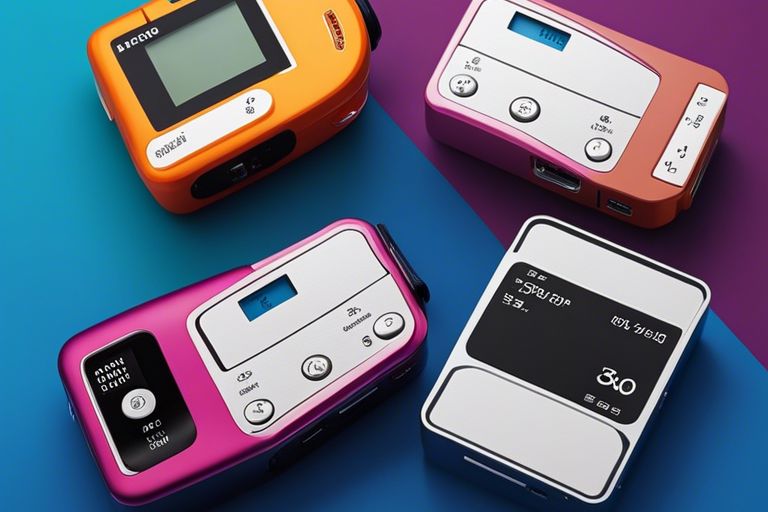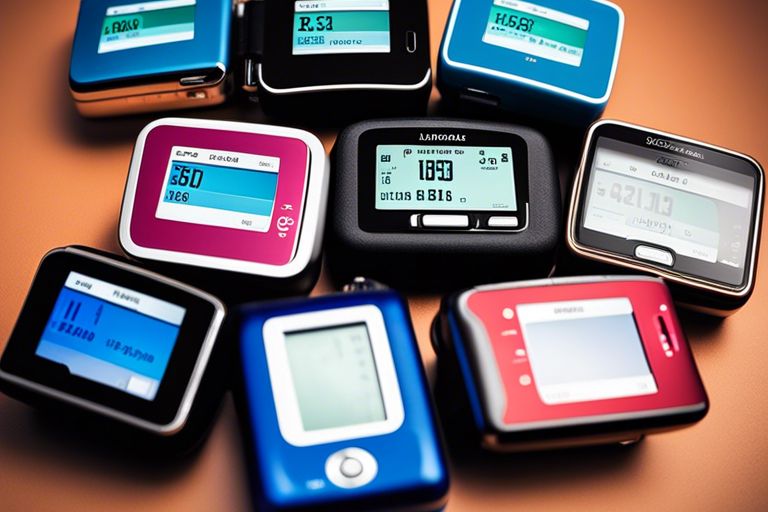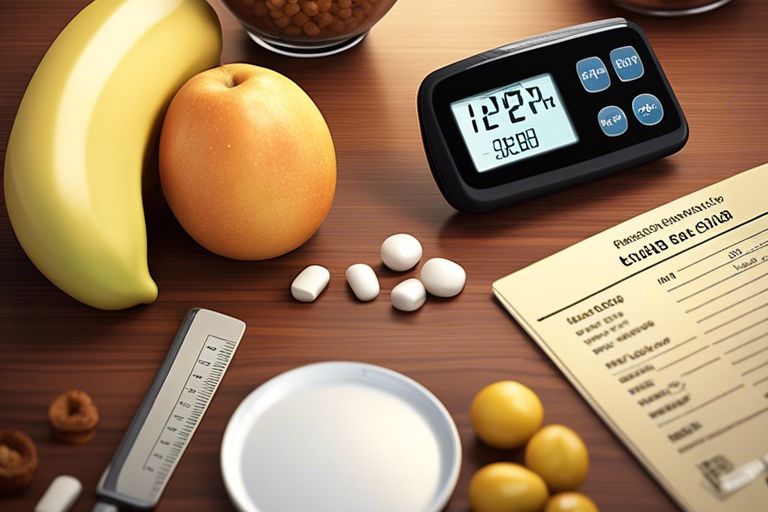Introduction
Type 1 diabetes is a chronic condition that requires careful management to maintain blood sugar levels within a healthy range. Hyperglycemia, or high blood sugar, is a common challenge for individuals with type 1 diabetes. In this blog post, we will discuss strategies for effectively managing hyperglycemia and minimizing its impact on daily life.
Understanding Hyperglycemia
Hyperglycemia occurs when there is an excess of glucose in the bloodstream. In type 1 diabetes, this can happen due to insufficient insulin production or inadequate insulin administration. High blood sugar levels can lead to a range of symptoms, including increased thirst, frequent urination, fatigue, and blurred vision.
Monitoring Blood Sugar Levels
Regular monitoring of blood sugar levels is essential for managing hyperglycemia. This can be done using a blood glucose meter or continuous glucose monitoring system. By keeping track of your blood sugar levels throughout the day, you can identify patterns and make necessary adjustments to your insulin dosage or meal plan.
Insulin Therapy
Insulin therapy is the cornerstone of managing hyperglycemia in type 1 diabetes. It involves administering insulin either through multiple daily injections or an insulin pump. Working closely with your healthcare team, you can determine the appropriate insulin regimen based on your individual needs and lifestyle.
Meal Planning
A well-balanced meal plan plays a crucial role in managing blood sugar levels. It is important to consume a variety of nutrient-rich foods, including whole grains, lean proteins, fruits, and vegetables. Monitoring carbohydrate intake and spreading it evenly throughout the day can help prevent blood sugar spikes.
Physical Activity
Regular physical activity can improve insulin sensitivity and help regulate blood sugar levels. Engaging in activities such as walking, cycling, or swimming can have a positive impact on managing hyperglycemia. However, it is important to monitor your blood sugar levels before, during, and after exercise to ensure they stay within the target range.
Stress Management
Stress can have a significant impact on blood sugar levels. Finding healthy ways to manage stress, such as practicing mindfulness techniques, engaging in hobbies, or seeking support from loved ones, can help prevent hyperglycemia episodes.
Working with Healthcare Team
Managing hyperglycemia in type 1 diabetes requires a collaborative approach with your healthcare team. Regular check-ups, communication, and sharing relevant information about your diabetes management can help optimize your treatment plan and address any challenges you may be facing.
Conclusion
While hyperglycemia can be a common concern for individuals with type 1 diabetes, it is manageable with the right strategies and support. By monitoring blood sugar levels, following an insulin regimen, practicing healthy eating habits, staying physically active, managing stress, and working closely with your healthcare team, you can effectively manage hyperglycemia and lead a fulfilling life with type 1 diabetes.




